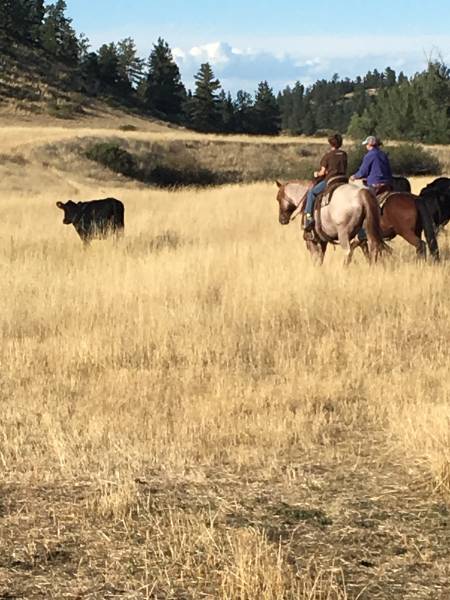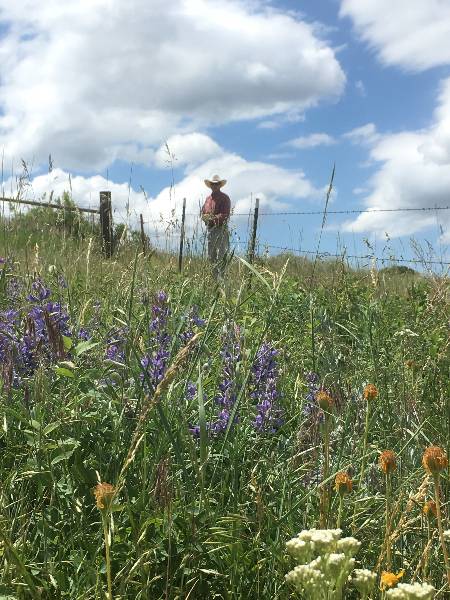MSU Extension - Carbon County
Agriculture - Crops and Livestock
Nitrate Levels in Forage Crops
Nitrates can accumulate in many cereal crops; which becomes a concern to agricultural producers when these crops are harvested for hay or used as forage for livestock. High levels of nitrate in the plants can cause nitrate toxicity in ruminant animals. Nitrate toxicity can result in reduced milk production, weight loss, abortion, and death. To prevent nitrate toxicity it is important to have small grain forage and hay tested for nitrates.
If the crop is still standing in the field, cut approximately 15 plants, at ground
level, from random locations in the field (be sure and cover the entire field not
just the edges) and bring the plants into the Extension office for a quick analysis.
If the crop has been baled, come into the Extension office and borrow the hay probe
and collect samples from at least 20 bales. Combine the samples into one ziploc bag
and this sample will then be sent into the lab and tested for nitrates. See the link
below for more information on nitrate levels and toxicity and feel free to call the
office with any questions.
Nitrate Toxicity of Montana Forages
Developing Cash Land Leases and Crop Share Leases
Below are several documents and excel tools to assist landowners and tenants in developing a lease for crop or pasture land. There are many resources out there; these are just a few. Feel free to call the office with questions or for more resources on this topic.
Montana Land Lease Rates - County Averages
Montana Grazing Rates - State Averages
MSU Extension Checklist for Leasing Considerations
Iowa State University Extension Improving Your Farm Lease Contract
University of Nebraska - Lincoln Extension Comparison of Returns for Cash or Crop Share


